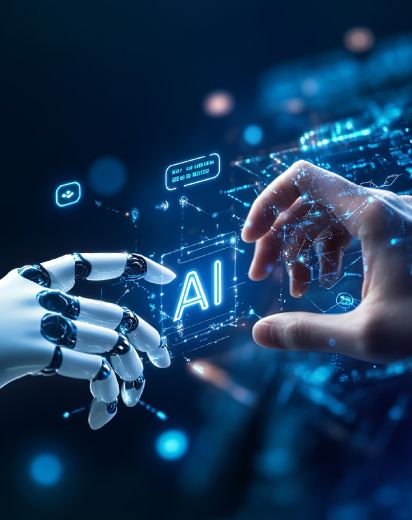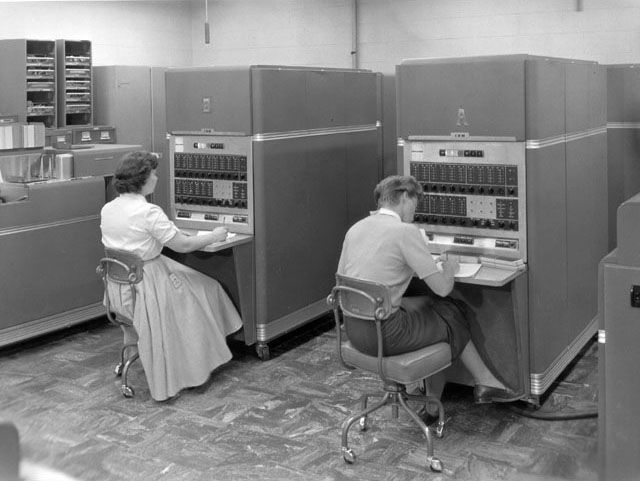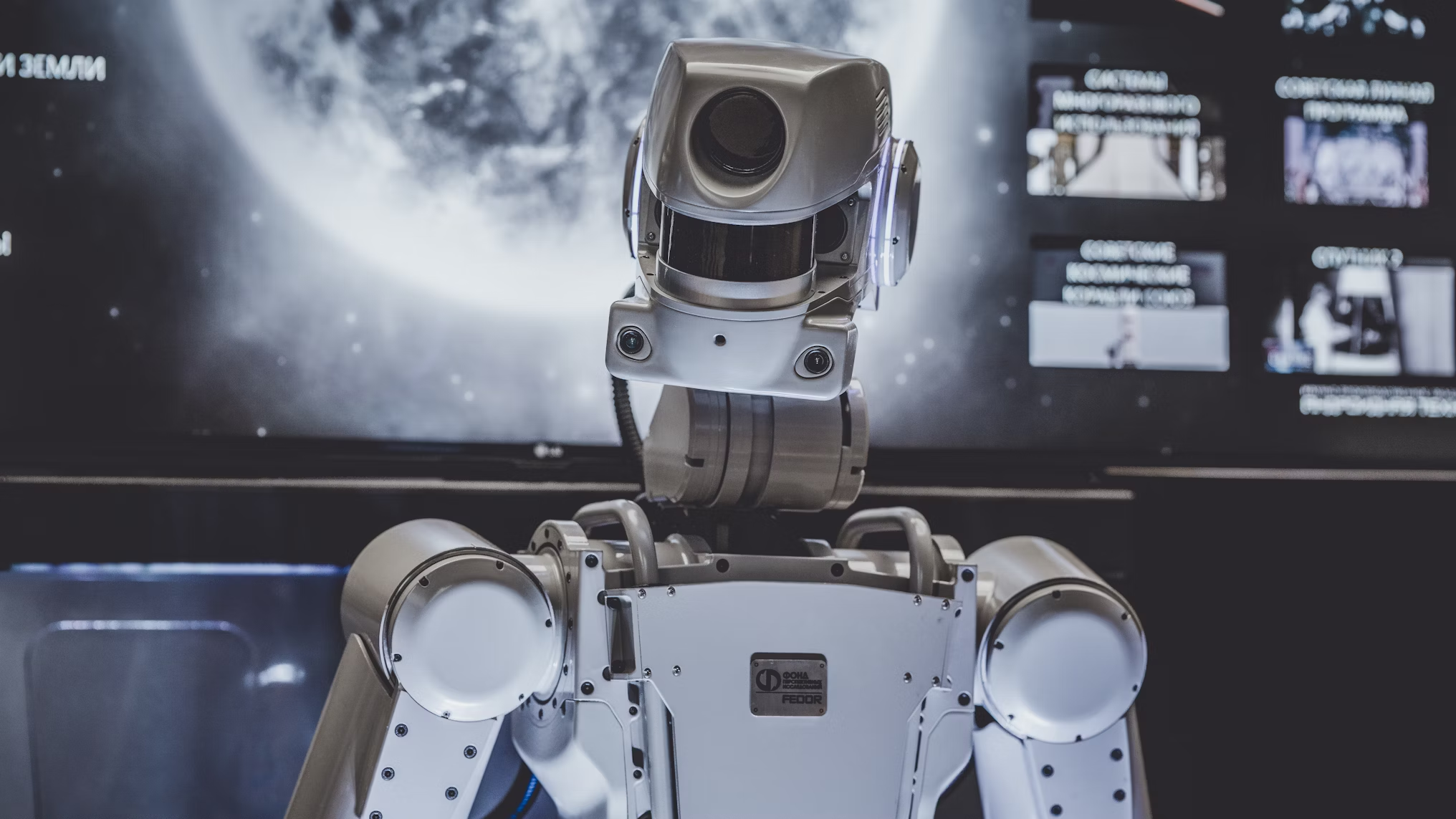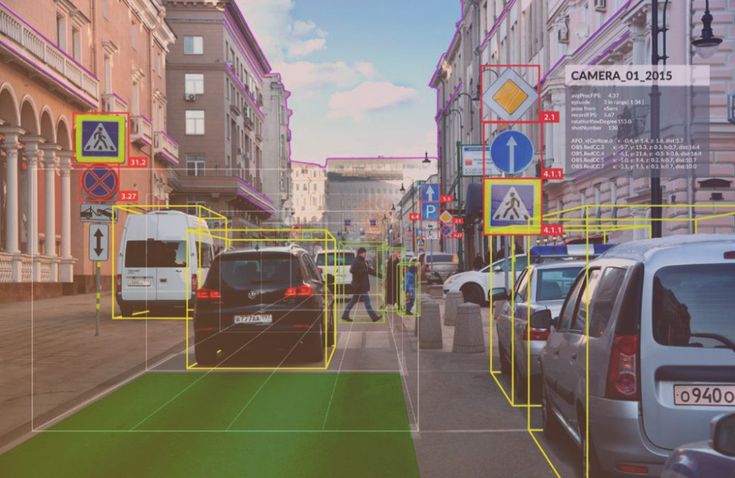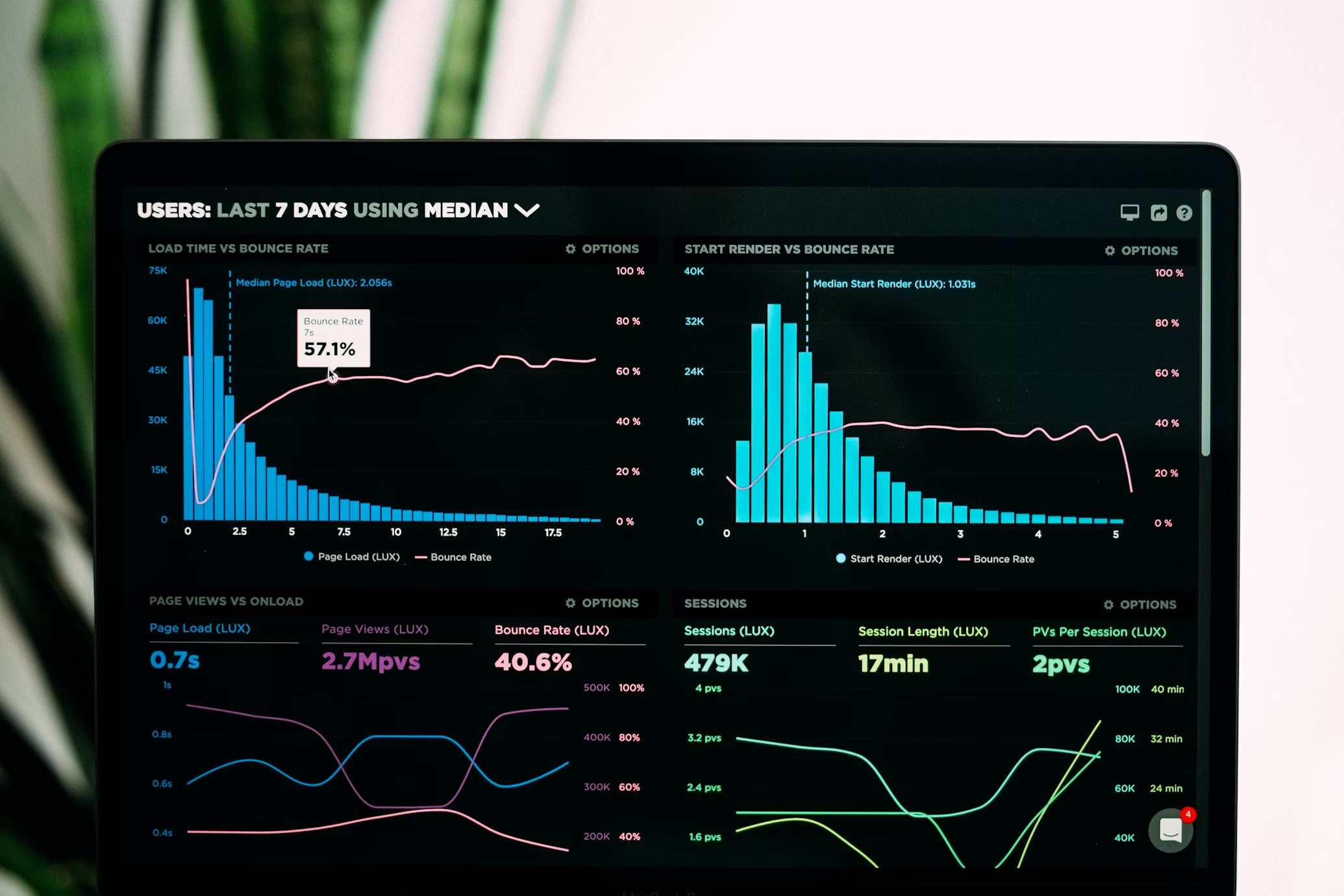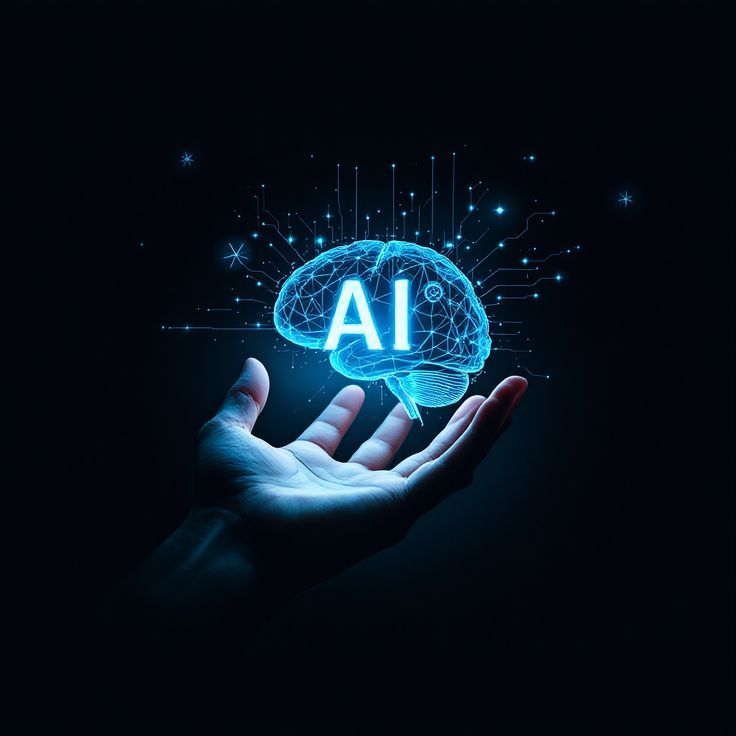The Science of Intelligent Machines
Artificial Intelligence (AI) refers to the simulation of human intelligence in machines that are programmed to think, learn, and problem-solve like humans. These systems can perform tasks that typically require human intelligence, such as visual perception, speech recognition, decision-making, and language translation.
The ultimate goal of AI research is to create systems that can reason, plan, learn, and communicate in ways that equal or exceed human capabilities. While we're still far from achieving artificial general intelligence (AGI), today's AI systems are already transforming industries and daily life.
AI is not a single technology but rather a collection of technologies and approaches that enable machines to sense, comprehend, act, and learn with human-like levels of intelligence.
